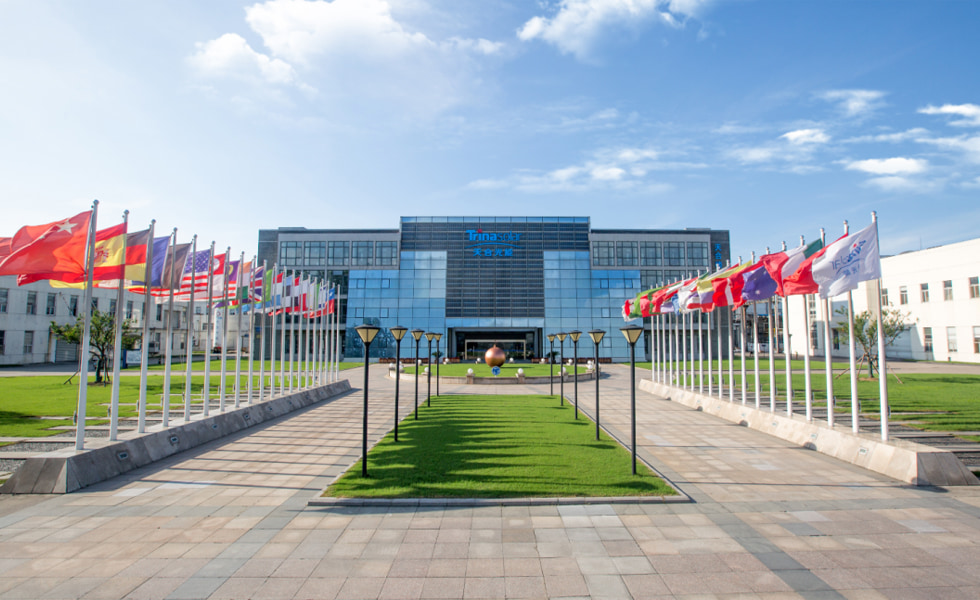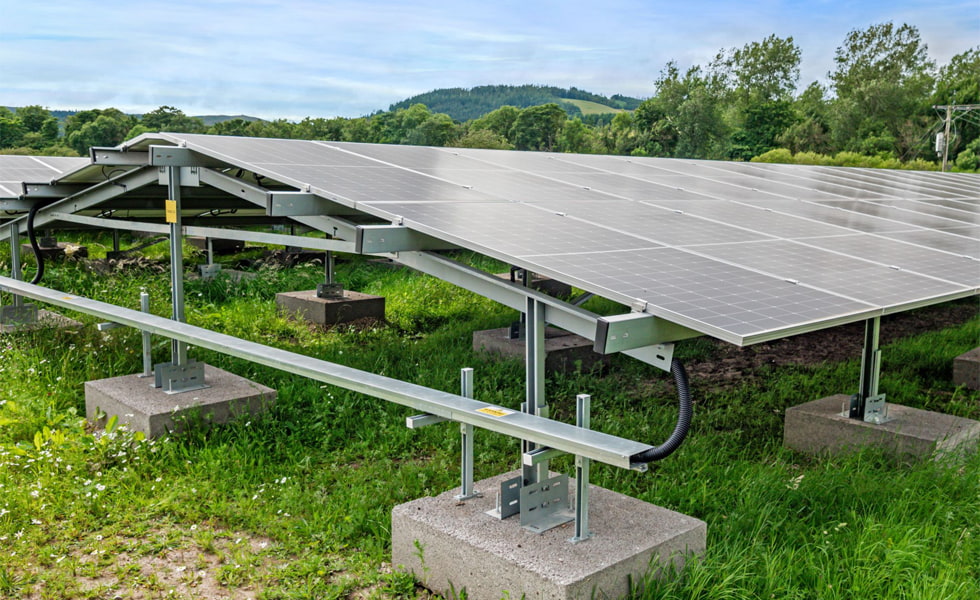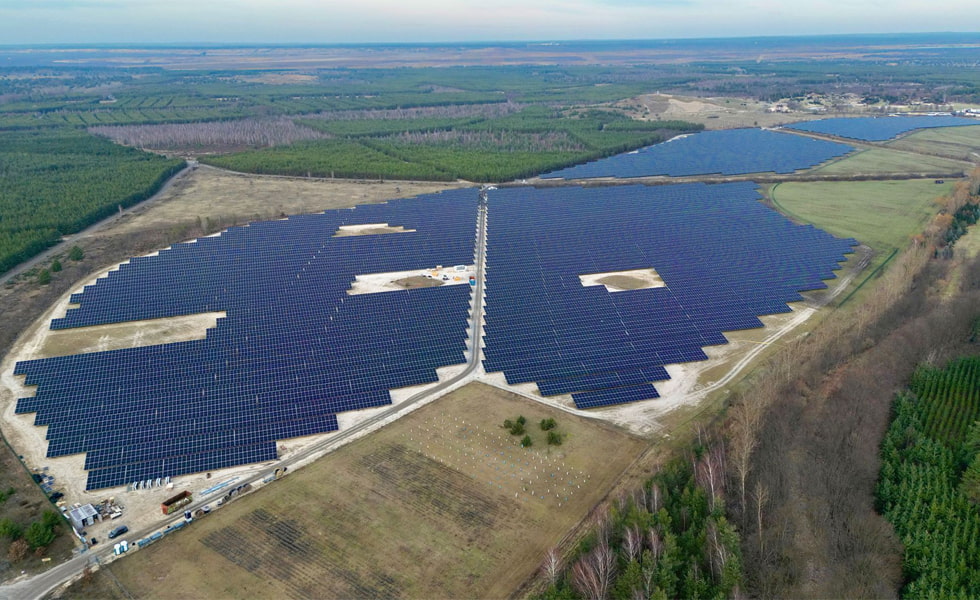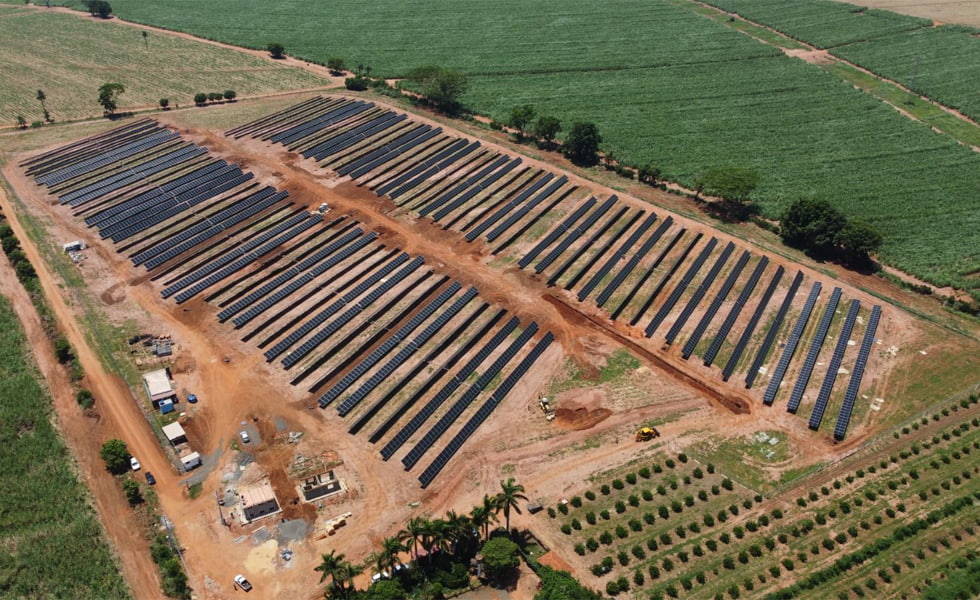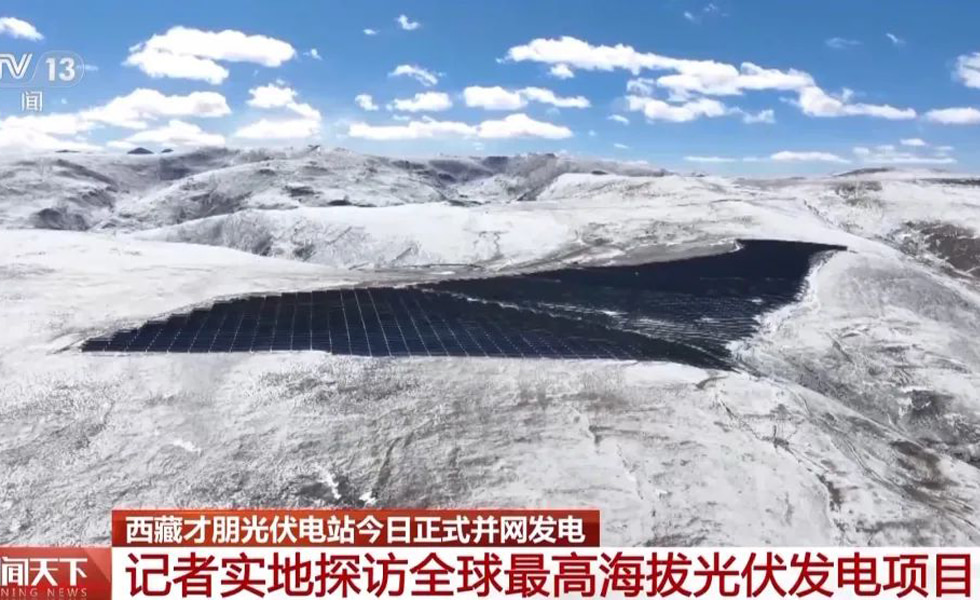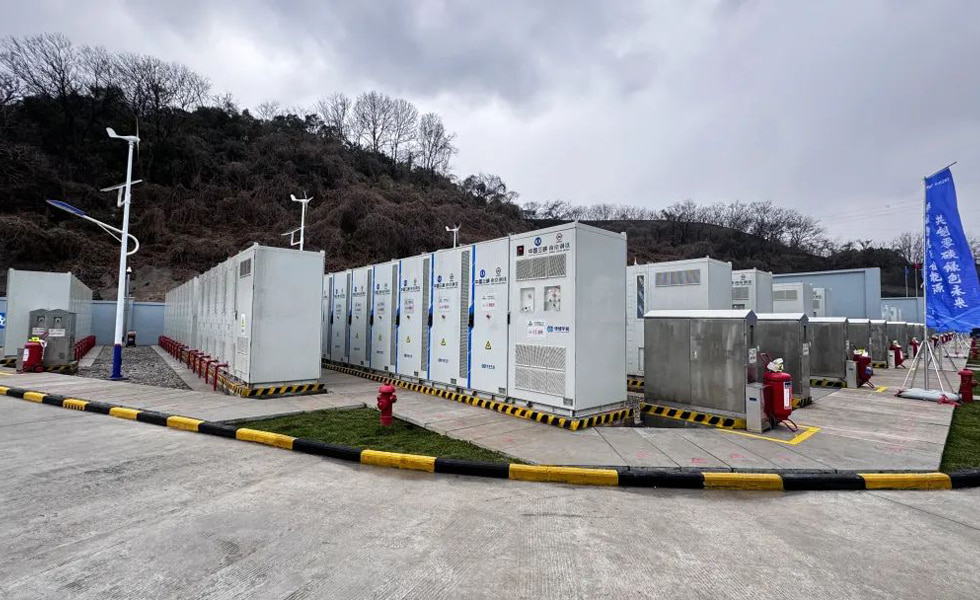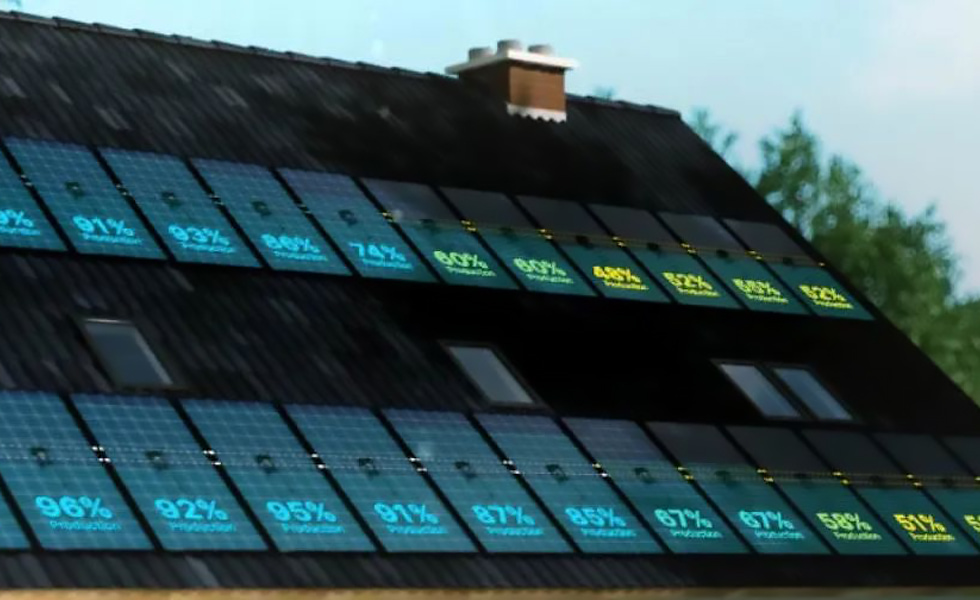The world's highest altitude photovoltaic project - Tibet Photovoltaic Power Station is officially connected to the grid to generate electricity
February 22, 2024
Two years ago, the world's highest altitude photovoltaic project - Tibet Caipeng Photovoltaic Power Station was officially connected to the grid to generate electricity. The Tibet Caipeng Photovoltaic Power Station is located on a plateau with an altitude range of 4,994 meters to 5,100 meters in Nedong District, Shannan City. Construction will begin in August 2023. The project location has abundant sunshine all year round and is one of the four high-quality photovoltaic power generation areas in Tibet. The daily temperature here is 2.5 degrees Celsius, and the temperature in December reaches more than 20 degrees below zero, and the oxygen content is only more than half of that in plain coastal areas. A little, a little more talk will lead to lack of oxygen, and the world's highest altitude photovoltaic project is connected to the grid to generate electricity in such a difficult environment. The daily power generation of Tibet Caipeng Photovoltaic Power Station can meet the daily electricity consumption of 4,000 families and can reduce carbon dioxide emissions by 92,000 tons, which is equivalent to planting 3.3 million trees on the Qinghai-Tibet Plateau. Photovoltaic panels can block part of the sunlight and reduce water evaporation from ground vegetation. At the same time, they can also make full use of the barren mountain slopes to generate photovoltaic power generation, alleviating local electricity shortages in winter. After being connected to the grid for power generation, there are still many yaks roaming and grazing leisurely under the solar panels. This combination of grazing and photovoltaic power generation is particularly suitable for plateau pastoral areas. Talatan, Gonghe County, Hainan Tibetan Autonomous Prefecture, Qinghai Province, China, was once a semi-desert grassland with desertified land accounting for 98.5% of the total land area. Not only was it deserted, it also seriously endangered the safety of the surrounding Yellow River ecological zone. However, as the country began to vigorously promote the development of the photovoltaic industry in Qinghai, the animal husbandry here has continued to develop, the ecology has gradually recovered, and the economy has further developed. In 2012, my country's first 10-million-kilowatt solar power generation base began construction in Talatan. Since its development, Talatan has built the Hainan Ecological Photovoltaic Park, the photovoltaic power generation park with the largest installed capacity in the world. According to statistics, 46 companies have settled in the park, with a total installed capacity of 15,730 megawatts, an average annual power generation of 10 billion kilowatt hours, an annual saving of 3.11 million tons of standard coal, and a reduction of 7.8 million tons of carbon dioxide emissions. You know, China is not only the largest producer of photovoltaics, but also a world-famous "infrastructure maniac".
